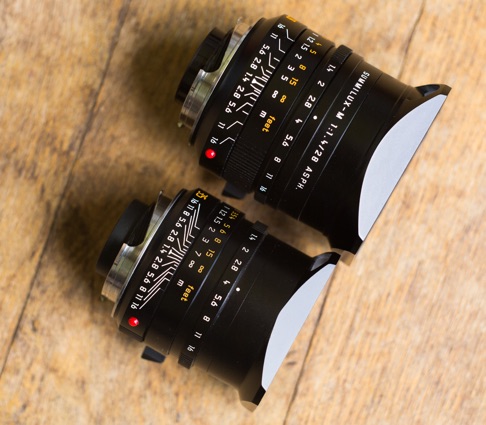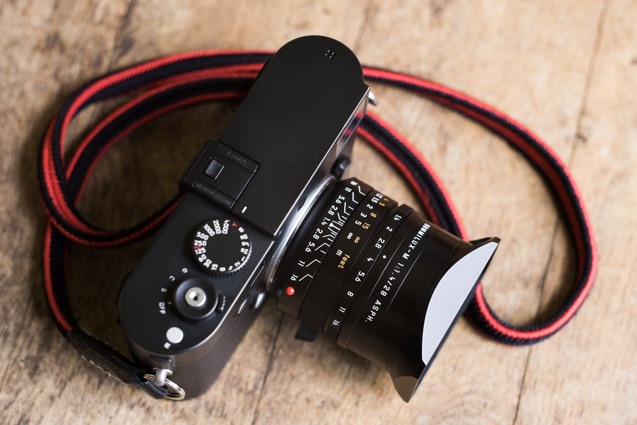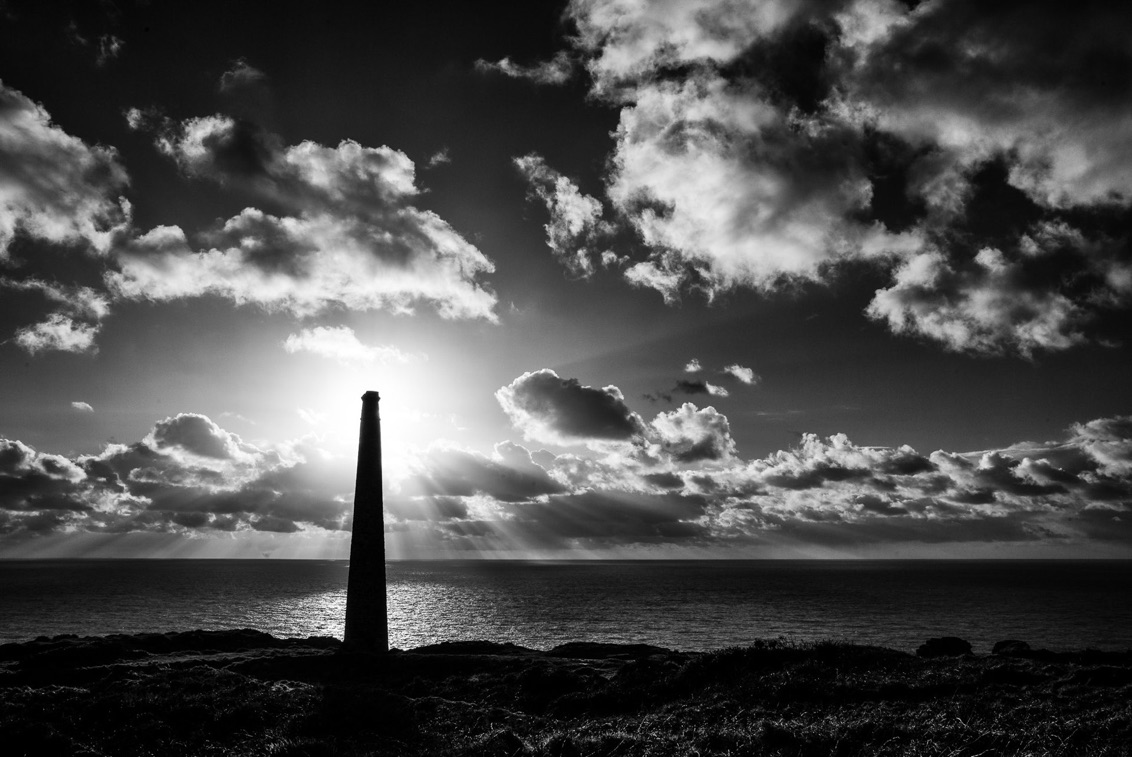Leica 28mm Summilux f1.4 Aspherical

Introduction
In 2008 Leica surprised the world by releasing the 21mm and 24mm f1.4 Summilux Aspherical lenses and in 2010 they announced the 35mm Summilux FLE (floating Element). So there has been an expectation for some time that there would be a 28 Summilux to complete the picture. In 2014 they produced a special edition stainless steel lens (101 were produced to celebrate 100 years since Oskar Barnack produced the first prototype of a 35mm camera). The expectation was that a series lens would soon follow, and finally it has.

finger lickin’ good
Summilux-M 28mm f1.4 at f1.4 1/4000 sec ISO 200 Leica M (Typ240)
I had a prototype lens to test in April 2013 (when the picture above was taken). Sean Reid also had a prototype in early 2014 and has made a report on his site ReidReviews on May 22nd - you can click on the link to look at his detailed images. I returned the prototype last summer, but was lucky enough to be able to buy a lens a little early, and I’ve been shooting with this early serial lens since March. Some of the images shown here may be familiar as I’ve been allowed to release them over the last month or so.
For many photographers the Leica 28mm f2 Summicron Aspherical is a favorite lens, but personally I’ve always found it slightly uninspiring, whilst the 28m f2.8 elmarit is a fantastic lens - tiny and incredibly sharp, but of course it’s only f2.8. I wasn’t sure whether I actually needed the extra speed, but I’ve found that the quality of the lens wide open is rather seductive.
It’s worth noting that the exif of some of the early summilux photographs, gives misleading information as the lens was not then supported in the firmware and so was coded manually as a 28mm elmarit Asph

bracken catching the early morning sun
Summilux-M 28mm f1.4 at f1.4 1/2000 sec ISO 200 Leica M (Typ240)
As you might expect the new lens is priced somewhere between the 35 f1.4 FLE and the 24 f1.4 (actually, and surprisingly, rather nearer to the 35mm). It’s size is also somewhere between the two lenses. Unlike the stainless steel version, it has the type of screw in lens hood that first appeared with the Wide Angle Tri Elmar, and which is also on the 21, 24 and 35 Summilux lenses. It works well, and the lens handles nicely on an M body


The new Summilux 28mm compared to the 35mm FLE, and shown on a prototype Monochrom (typ 246) body.
For the type of landscape work I do, I very often like to put motifs in the very corners of images, so I really do like to have corner to corner sharpness. The new Summilux lens does not disappoint, it’s pretty sharp in the corners right from f1.4, stopping down very slightly makes it hard to criticise.
More to the point, I really like the way the lens ‘draws’; it manages to be very sharp, with excellent microcontrast, but stopping well before becoming brutal. At first I was wondering whether it could really replace my tiny and lovely 28 Elmarit Aspherical, but I missed it badly in the 9 months between returning the prototype lens and receiving my own lens. Since I received it it’s been mounted on one of my M bodies most of the time. I particularly like using it on the new M Monochrom 246 - they seemed to be designed for each other.
All in all I think it’s a great addition to the Leica range of lenses, and it nearly completes the range of modern f1.4 Summilux lenses (perhaps we could have a new version of the 75mm Summilux now?).

Storm clouds over Gwynvor beach
Summilux-M 28mm f1.4 at f11 1/2000 sec ISO 320 Leica Monochrom (Typ246)



Cowslips
Summilux-M 28mm f1.4 at f11 1/1500 sec ISO 320 Leica Monochrom (Typ246)
Spotlight
Summilux-M 28mm f1.4 at f11 1/2000 sec ISO 200 Leica M (Typ240)
Leaving in a Hurry
Summilux-M 28mm f1.4 at f8 1/2000 sec ISO 200 Leica M (Typ240)
